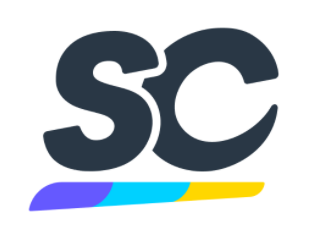Title Page
-
Inspection Date
-
Building
-
Area
-
Inspector
Fab Safety Inspection
GENERAL REQUIREMENTS
-
A. PREPARATION: Individuals conducting inspections should prepare by reviewing the checklist in advance and highlighting applicable items. Plan on what to look for as the inspection proceeds to different areas.
B. SCHEDULE: Quarterly inspections for each area
C. REPORTING RESULTS: Inspection results should be distributed during monthly SCM
D. FOLLOW-UP: Systems should be set up to monitor the correction of identified deficiencies.
Housekeeping
-
Overall housekeeping neat, uncluttered, free of excessive equipment, materials, chemicals, etc.
-
Shelving: In good condition; Secure and anchored; has lips where chemicals in bottles stored; Not overloaded; Heavy items stored on lower shelves; No storage on tops of shelves, cabinets, etc.; Stored materials not too high; Access available; Sprinkler heads unobstructed within 18”
-
Excess/Clutter: No storage on floors, tops of cabinets, Excess chemicals not stored in hoods; benches uncluttered and orderly; glassware stored orderly
Compressed Gas
-
Gas cylinders secured and in upright position; valves closed and capped if not in use; Lecture bottles stored properly (not in drawers, well ventilated area)
-
Hazardous compressed gas quantity kept to minimum (ammonia, hydrogen, propane, etc.) and in well ventilated areas; No evidence of leakage
-
Compressed gas cylinders are transported with hand truck
-
Liquid nitrogen and other cryogenics handled only in ventilated area with oxygen monitoring
Electrical
-
Cords: not excessive amounts; neatly routed; not frayed; cords are in good condition
-
Receptacles: Cover plates in place; not overloaded; no six-outlet wall taps; not located within 6" of sinks unless ground fault protected (GFCI)
-
Plugs: grounding prongs not altered
-
Panels: Electrical panels and EMOs are easily accessible
Emergency
-
Fire extinguishers: Not blocked, missing, unmounted or not full
-
Egress: 36” clearnance…. Exit doors…
-
Safety showers/eyewashes, electrical panels, fire alarms, other emergency equipment not blocked and easily accessible.
Fall Hazards
-
Slips and fall hazards: No slipping hazards, such as water, oil, chemicals on floor; No tripping hazards, such cords, wires, etc…
Flammables
-
Flammable liquid storage cabinets: Sufficient for quantity; not damaged; no oxidizers inside; used for flammables
-
Segregation: Away from heat sources, open electrics
Chemical Storage
-
Spills: All spilled fluids cleaned immediately
-
Storage: All chemicals are properly stored in containers designed for their contents
-
Labeling: All chemicals are in clearly labeled containers
-
Transportation: Chemicals are transported using the correct containers; chemicals are not left in hand carry containers.
Lighting
-
Illumination: Work areas properly illuminated
Piping
-
Utility piping (water, gasses, etc.) and valves: clearly labeled and no leaks
PPE
-
Eye Protection: All persons wearing safety glasses with side shields; Goggles and/or faceshields being worn for high splash or particulate operations
-
Chemical PPE available and being worn (if applicable)
-
Respirator: Respirators are stored in sealable bags
Signage
-
Signs are current and legible
Waste
-
Labeled properly and not accumulated excessively; all waste containers are properly functioning
Other
-
Other safety concerns
Sign Off
-
Name and Signature






